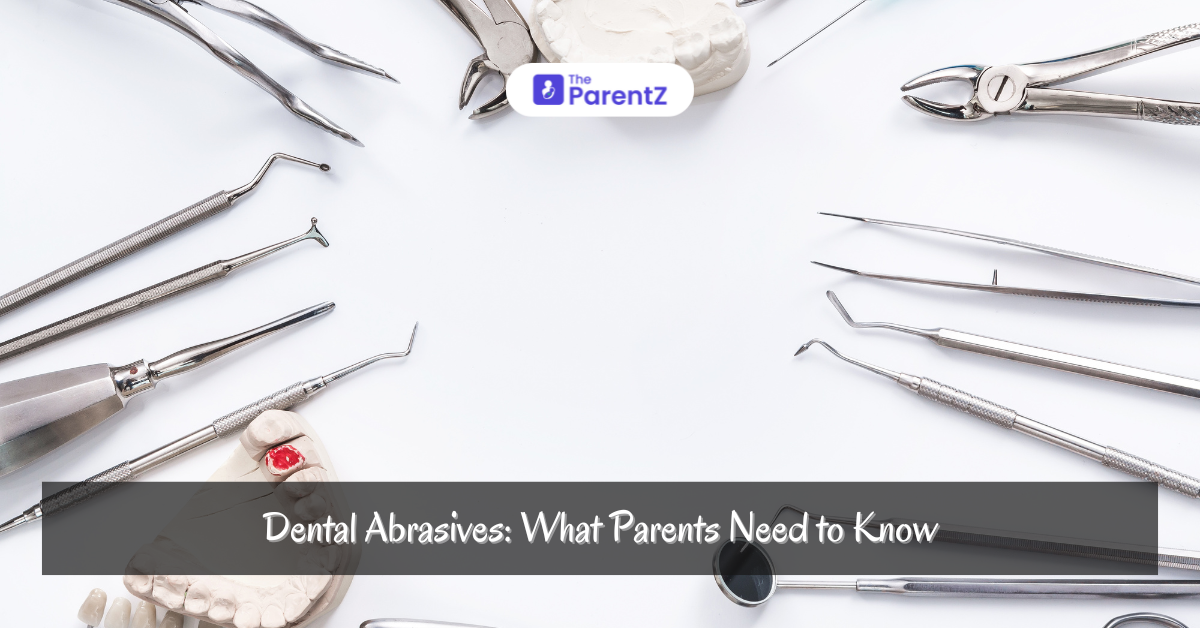As parents, ensuring your child's oral health is one of the most important aspects of their overall well-being. While brushing is a key part of maintaining a healthy smile, understanding what goes into your child’s toothpaste and dental care products is equally essential. One important component to be aware of is dental abrasives. But what exactly are they, and how do they impact your child’s teeth?
What Are Dental Abrasives?
Dental abrasives are substances found in oral care products that help scrub away plaque, food particles, and surface stains on teeth. They create friction during brushing, which helps polish the teeth, leaving them clean and smooth. Abrasives are a common ingredient in most toothpaste, and their primary role is to aid in mechanical cleaning.
Why Are Dental Abrasives Important?
In moderation, abrasives play a crucial role in dental hygiene. They help remove debris that would otherwise accumulate and contribute to plaque formation and cavities. However, using products with excessive abrasiveness can wear down tooth enamel, leading to sensitivity, gum recession, and long-term damage to your child’s teeth.
What Products Contain Dental Abrasives?
Toothpaste is the most common product containing abrasives. Some whitening toothpaste, especially those designed for stain removal, may contain higher levels of abrasives. Abrasive particles are also found in some mouthwashes, teeth polishing agents used by dentists, and even certain children's toothpastes. It's essential to choose products that are both effective and gentle enough for your child’s developing teeth.
Common Abrasive Agents in Toothpaste
Some common dental abrasives include:
- Silica
- Calcium carbonate
- Aluminum oxide
- Dicalcium phosphate
- Magnesium carbonate
These agents are typically present in fine particles to ensure they clean the teeth without causing excessive wear.
How Much Abrasive is Too Much?
To measure abrasiveness in toothpaste, the Relative Dentin Abrasivity (RDA) scale is used. Toothpaste with an RDA value of 70 or less is considered safe for children’s teeth. Products with an RDA over 150 are considered highly abrasive and are generally not recommended for daily use, particularly for kids, as their enamel is softer and more vulnerable to damage.
Tips for Parents
- Choose an Age-Appropriate Toothpaste: Look for toothpaste labeled for children. These products are typically formulated with lower levels of abrasives.
- Check the RDA Value: If available, look for the RDA value on toothpaste packaging to ensure it falls within the safe range for your child.
- Consult a Dentist: Your child’s dentist can recommend the best toothpaste based on your child’s specific oral health needs.
- Avoid Overuse of Whitening Products: Whitening toothpaste often contains higher levels of abrasives, which can wear down enamel over time, especially on young teeth.
- Monitor Brushing Technique: Encourage your child to brush gently, as aggressive brushing can amplify the effects of abrasives on their teeth.
Conclusion
Understanding dental abrasives and their role in your child’s oral care routine is crucial for maintaining a healthy smile. While these agents help to clean teeth, overexposure or the use of highly abrasive products can lead to long-term damage. By selecting appropriate toothpaste and ensuring proper brushing habits, you can protect your child's teeth from unnecessary wear and keep their smile bright and healthy.








Be the first one to comment on this story.